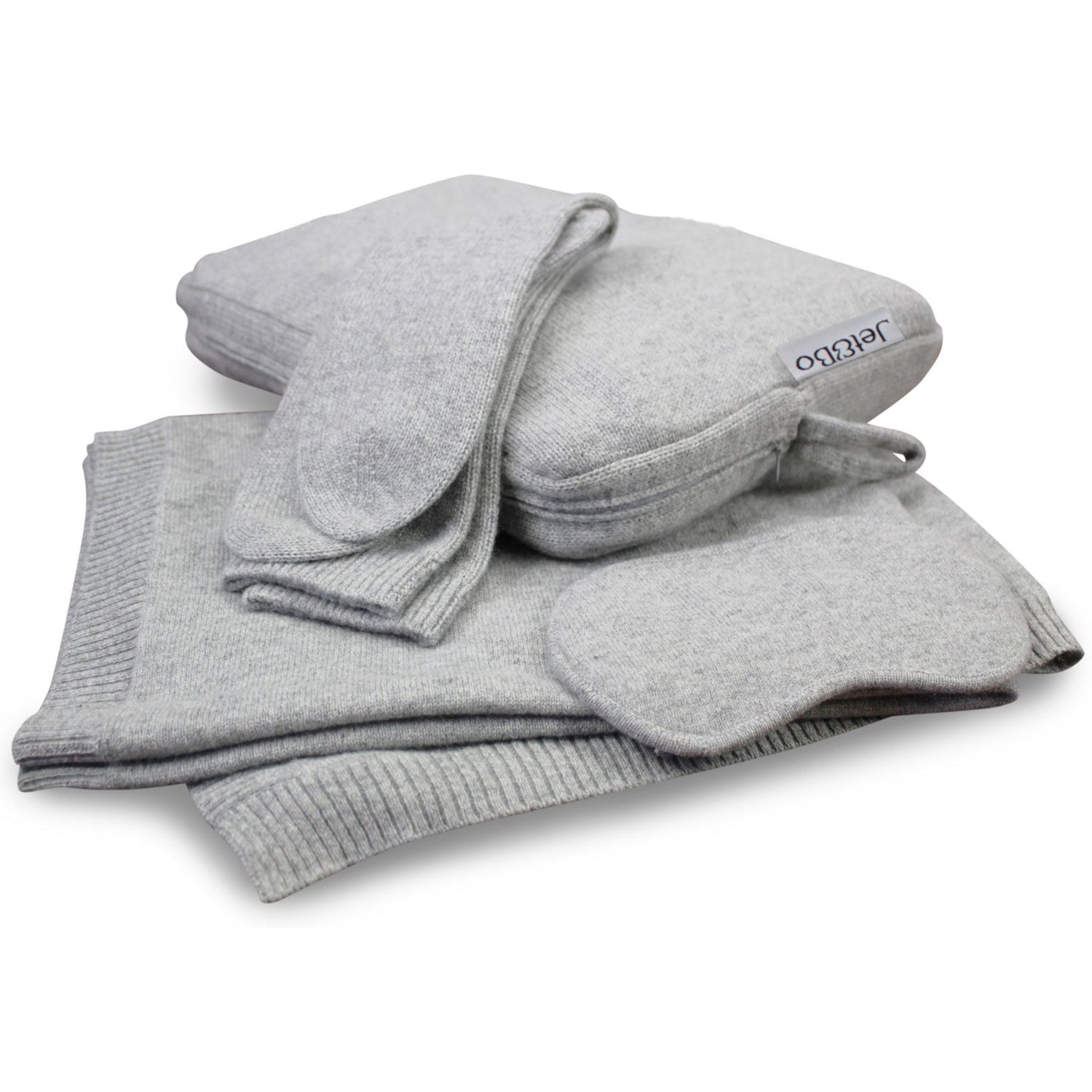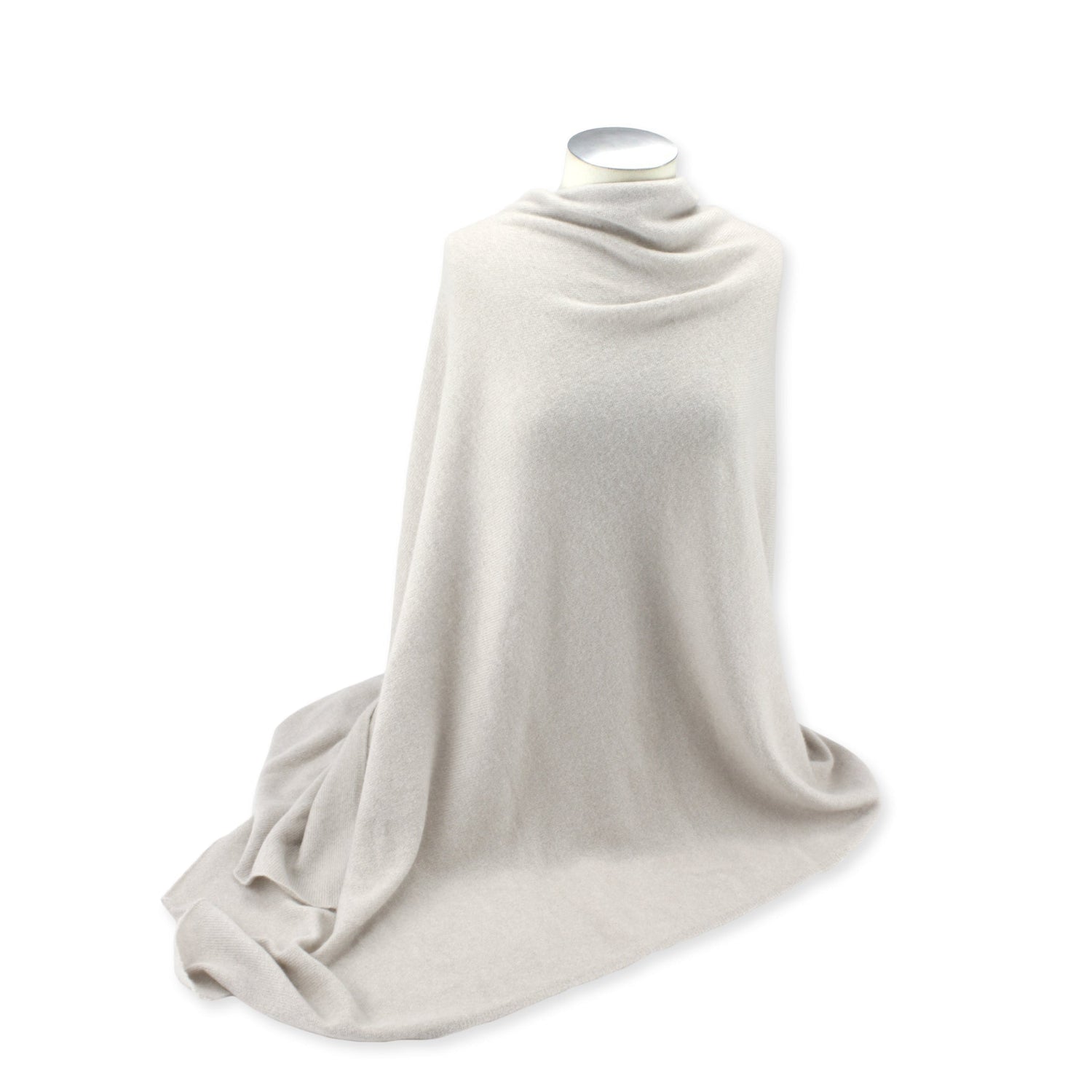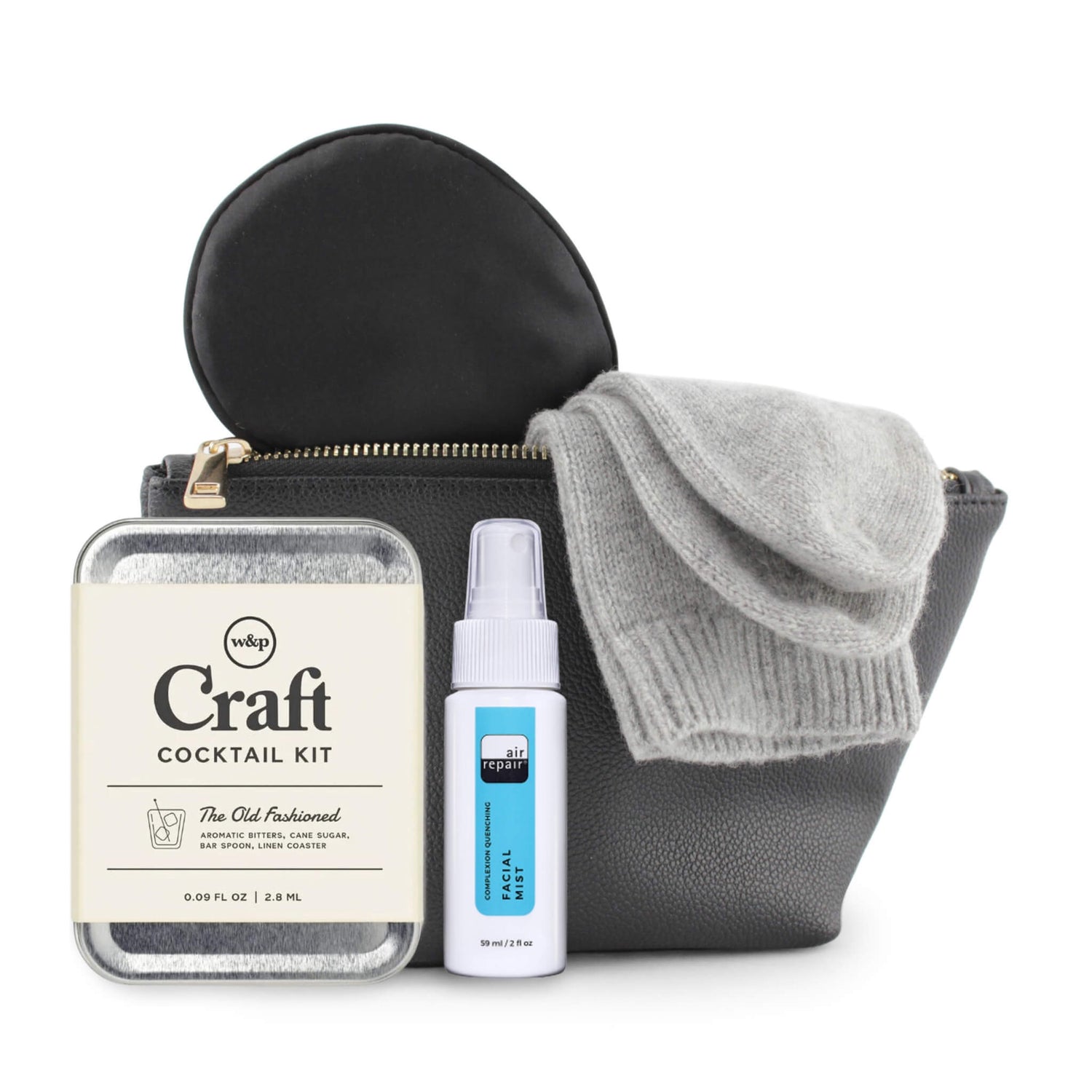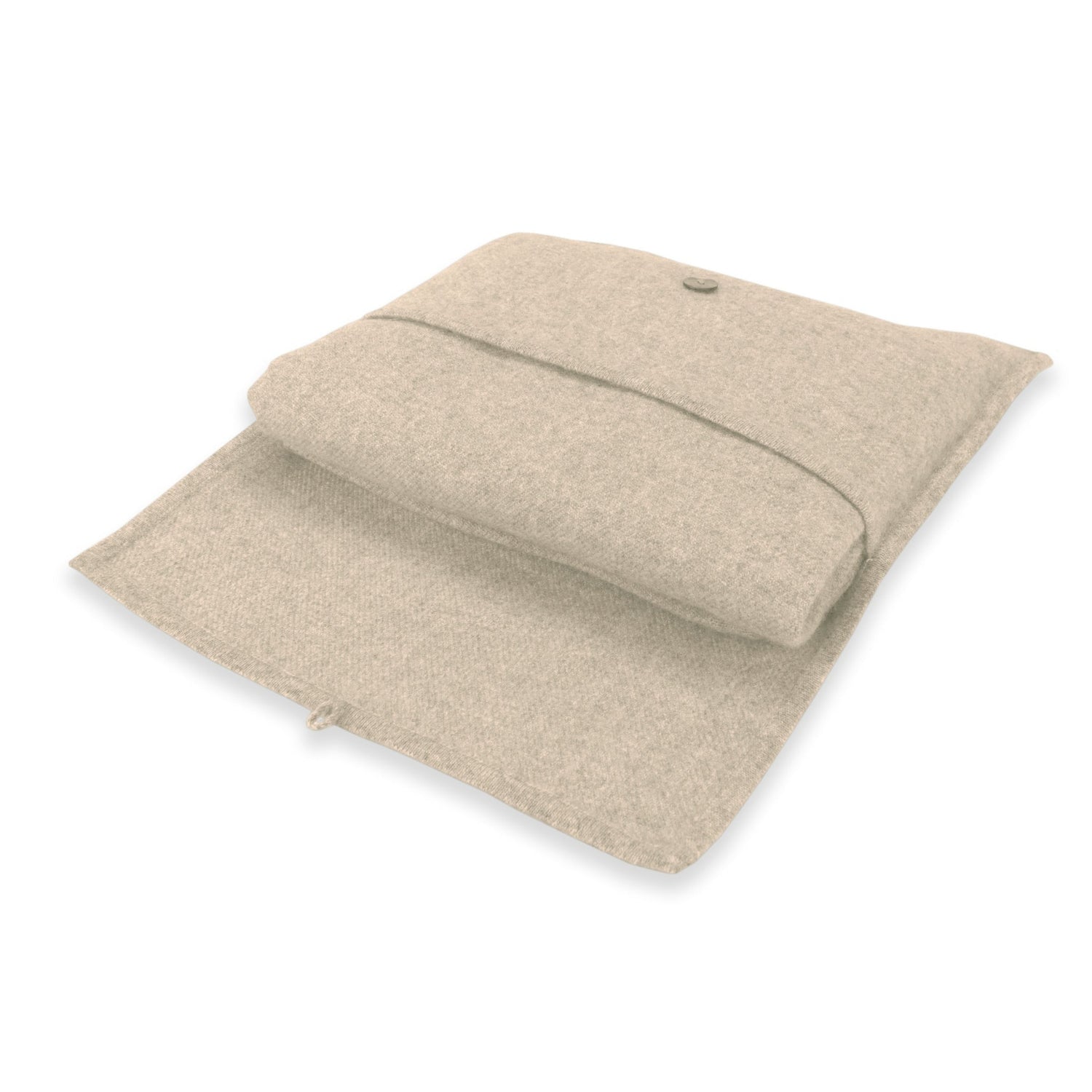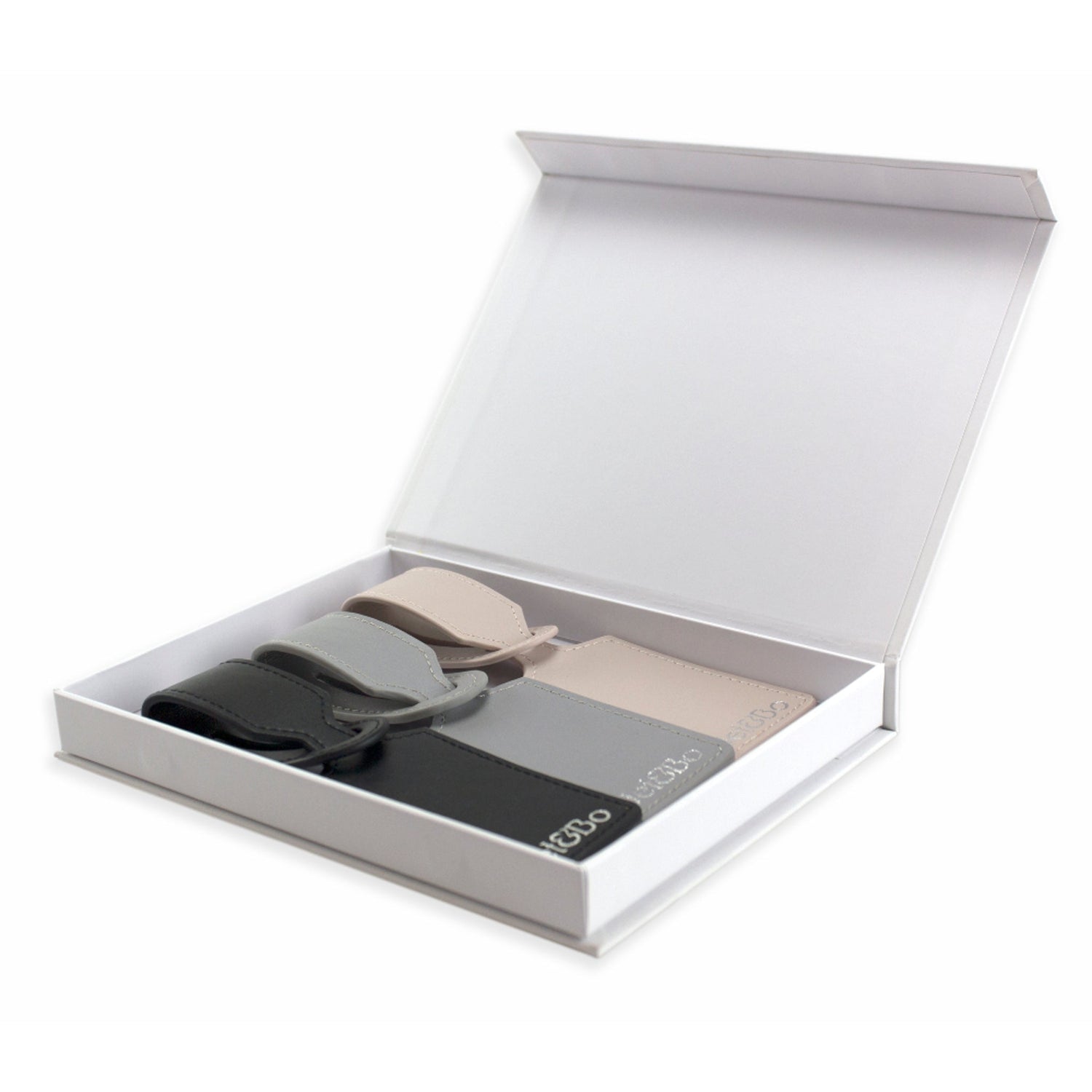
Cashmere has long been synonymous with luxury, coveted by the elite for its unparalleled softness, warmth, and timeless appeal. Yet, its elevated price tag often raises eyebrows. Why is cashmere so expensive?
Let's look at the following factors to understand why cashmere commands such a premium.
Scarcity
Picture cashmere as a rare gemstone akin to diamonds or gold. Most of it hails from China, particularly Inner Mongolia, with Mongolia contributing significantly. However, the global annual cashmere production is just 6,500 metric tons, just a fraction of the 2 million tons of wool churned out yearly. It's a classic case of high demand and low supply, driving up the price.
Production Process
The journey of cashmere from goat to garment is a laborious one. Each spring, during the molting season, the delicate undercoat fibers are painstakingly separated from the coarser outer coat of the Cashmere goat. This meticulous process, often done by hand combing and sorting, requires time, skill, and patience. It takes the wool of multiple goats to craft a single 2-ply sweater, emphasizing the intensive nature of cashmere production.
Once harvested, the fibers undergo further processing, including washing, sorting, and spinning into yarn. These steps demand precision and expertise, further adding to the overall cost of production. Only then can manufacturers begin crafting the luxurious garments that cashmere is renowned for.
Exceptional Properties
There's more to cashmere than meets the eye. Those ultra-fine fibers are finer than human hair! The fine diameter of cashmere fibers, measuring less than 19 microns, contributes to its unmatched softness. Additionally, cashmere boasts a high loft, trapping air within its fibers resulting in a plush, luxurious fabric. Unlike bulkier alternatives, cashmere provides superior insulation, offering warmth without the weight. Cashmere also possesses remarkable temperature-regulating abilities, making it suitable for all seasons. In winter, it keeps the wearer snug and insulated, while in summer, it ensures cool comfort. Its high moisture content allows for breathability, adapting to fluctuations in humidity.
Longevity and Value
While the initial cost of cashmere may seem high, consider it an investment. Proper care and maintenance only enhance its softness over time, and cashmere is extremely versatile, from cozy sweaters to elegant shawls in classic designs that are always in style. For those seeking quality and longevity in their wardrobe, cashmere is a worthwhile investment.
Environmental Impact
Beyond its luxury allure, cashmere production also carries environmental implications. The increasing demand for cashmere has led to concerns about overgrazing, soil degradation, and habitat loss in regions where Cashmere goats roam. Sustainable practices, such as rotational grazing and habitat restoration, are crucial for preserving the delicate ecosystems that support cashmere production.
Social and Cultural Significance
Cashmere holds significant cultural and social value in the regions where it is produced. For communities in Mongolia and Inner Mongolia, cashmere production is not just an economic endeavor but a way of life deeply intertwined with tradition and heritage. It provides livelihoods for countless families and sustains a rich cultural legacy passed down through generations.
The allure of cashmere lies not only in its unparalleled softness and warmth but also in its scarcity, labor-intensive production process, and enduring value. While the price may seem steep, it reflects the craftsmanship and luxury inherent in every thread. So, the next time you wrap yourself in the embrace of cashmere, remember—you're indulging in a timeless luxury that's truly worth it.
